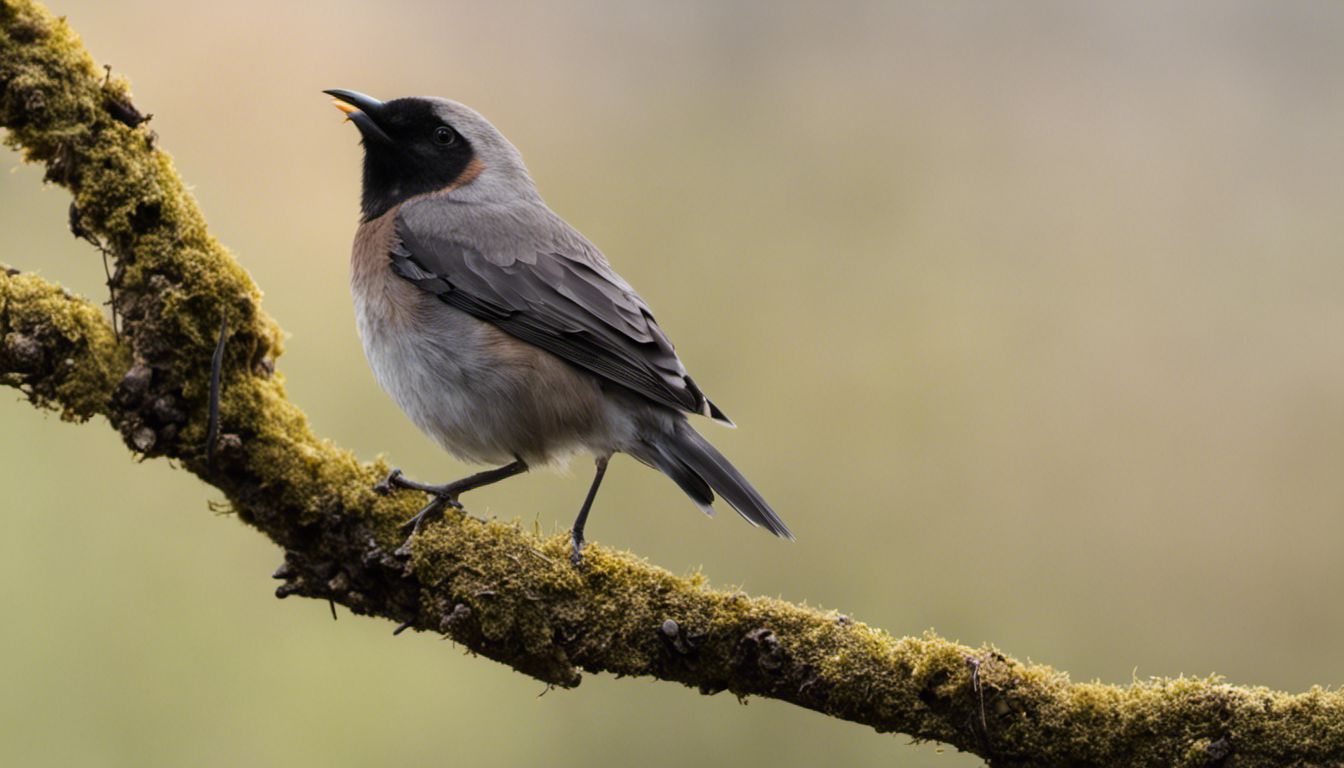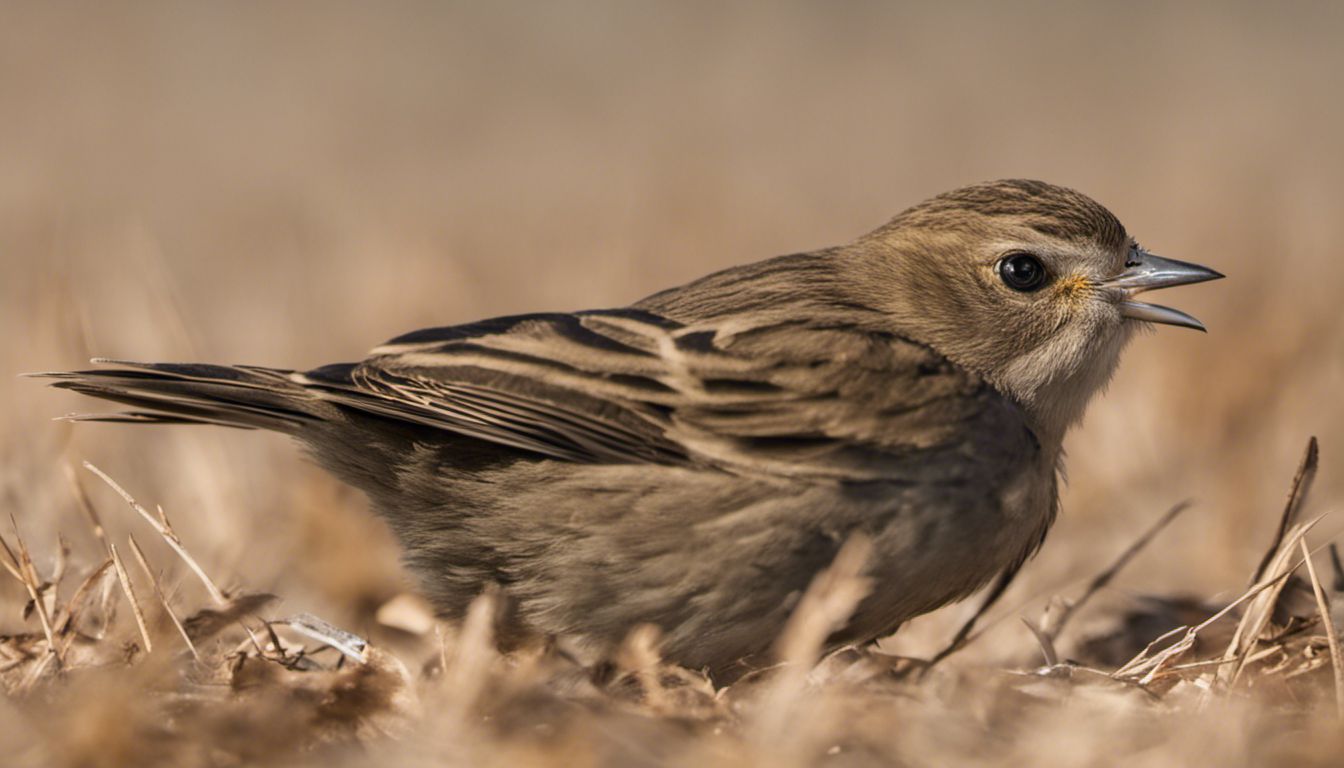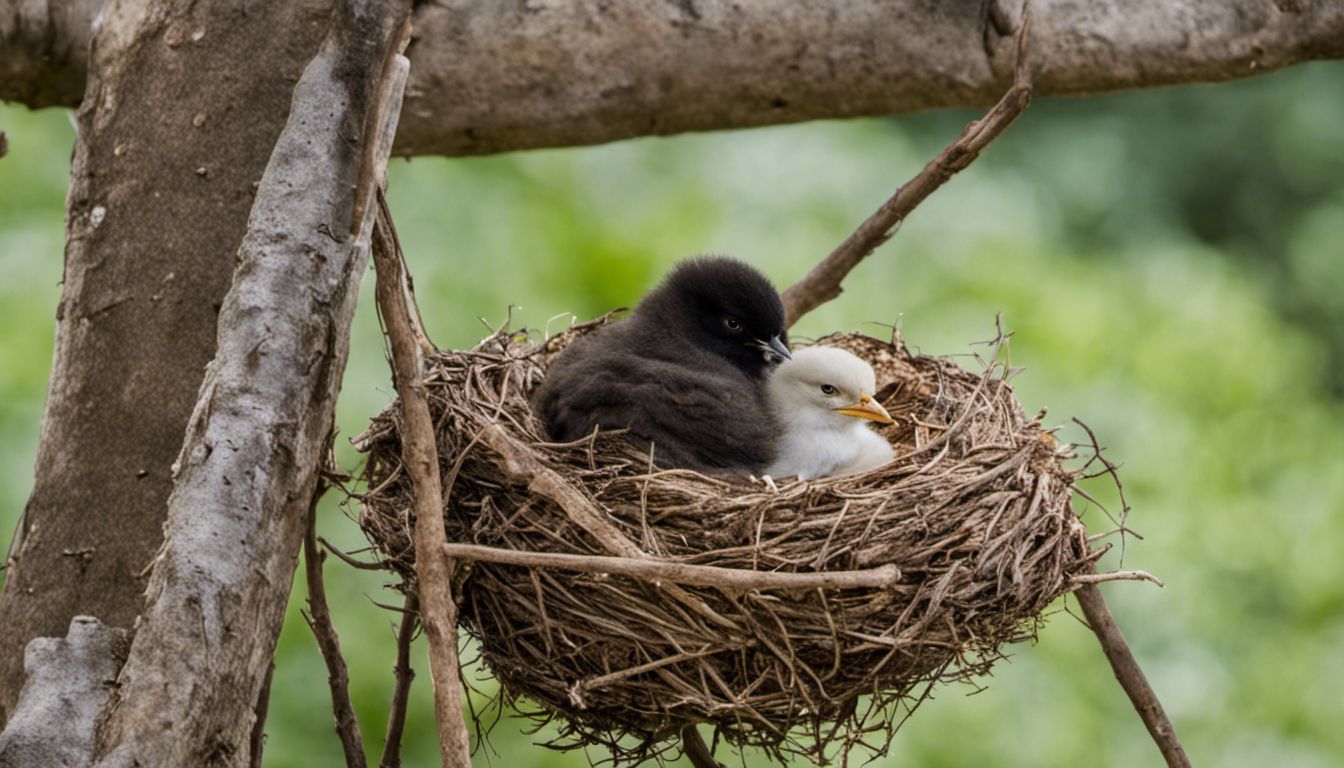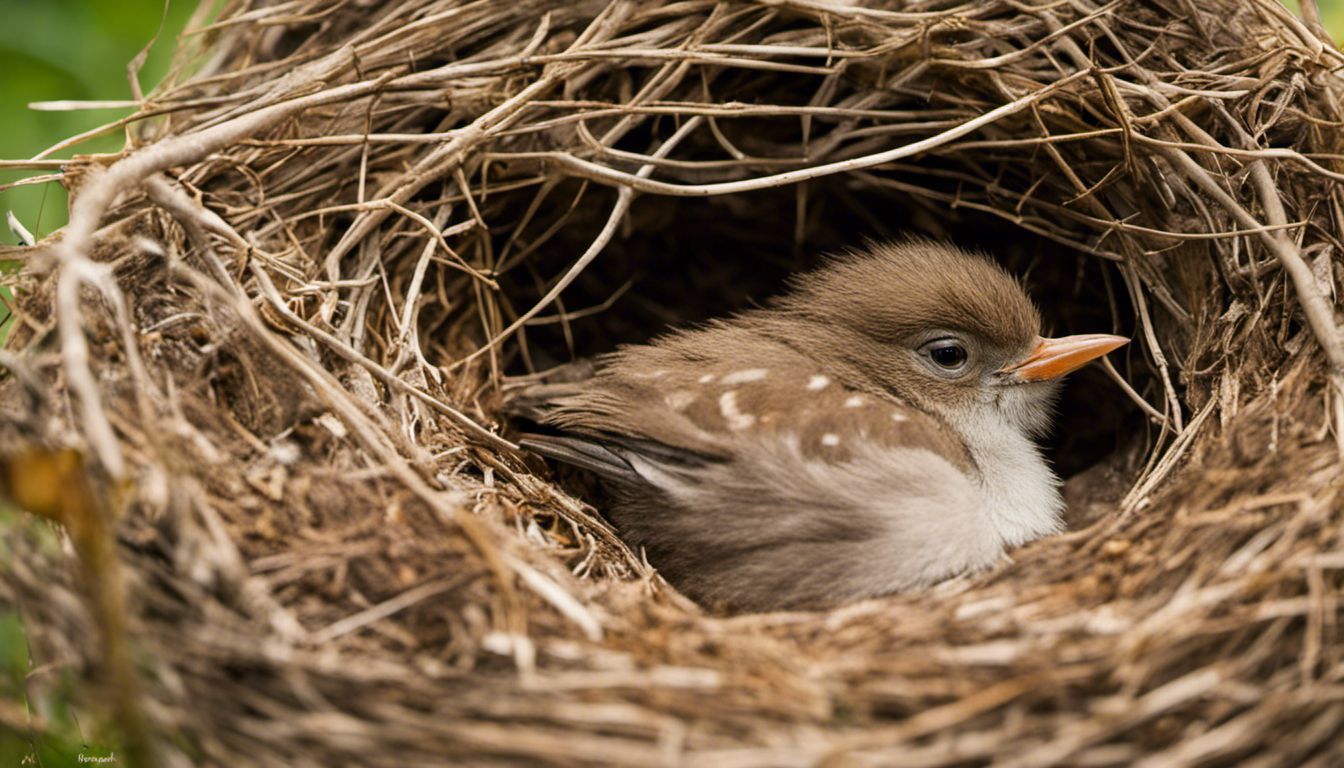Land birds have varied sleeping habits, and while nests are commonly associated with rearing chicks, many birds also use them for resting and sleeping. However, some species choose other locations or adopt different behaviors for sleep, indicating a diverse range of sleeping strategies among different bird species.
Here are some key takeaways about bird sleep habits and whether they use nests for sleeping:
- Varied Sleeping Locations: Not all birds sleep in nests; some species prefer tree branches, cliff ledges, or even floating on water.
- Nests for More Than Chicks: While nests are primarily for chick-rearing, some adult birds do sleep in them outside of the breeding season.
- Safety Considerations: Birds choose their sleeping spots based on safety from predators and protection from the elements.
- Communal Sleeping: Certain species, such as swallows, may sleep in communal roosts for added safety.
- Behavior During Sleep: Some birds exhibit unique behaviors while sleeping, like standing on one leg or tucking their beak in their feathers.
- Seasonal Variations: The place where a bird sleeps can change with the seasons or their life stages.
Understanding Bird Sleep: More Than Just Nests

Bird sleep basics are quite intriguing, as birds, just like humans, need good rest to function effectively. Birds can be either nocturnal or diurnal, meaning they are active during the night or day, respectively. This differentiation largely influences their sleeping patterns. Nocturnal birds, such as owls, are awake when the majority of potential predators are asleep, and vice versa for diurnal birds, like robins, which are active during daylight hours.
Sleep patterns in birds are not solely dependent on the time of day they are active; they also vary based on species, environment, and the need for safety. Some birds have the astonishing ability to sleep with one eye open, a phenomenon called unihemispheric slow-wave sleep, allowing them to be alert to potential dangers even while resting. While nests are a common place for sleep, especially during breeding season, many birds may also choose to rest in other safe locations, balancing their need for rest with the need to stay vigilant.
Here’s a simple breakdown of key points:
- Bird Activity: Whether a bird is nocturnal or diurnal impacts when and how it sleeps.
- Sleep Patterns: Some birds engage in unihemispheric slow-wave sleep, allowing them to keep an eye open for predators.
- Resting Locations: Beyond using nests, birds have various sleeping spots based on species and environmental factors.
Where Land Birds Rest Their Wings: Sleep Habitats and Behaviors

Birds showcase a fascinating array of sleep habits which are closely tied to their chosen environments and their need for protection from predators and environmental disturbances. Perched sleepers, such as many songbirds, usually choose to sleep on tree branches, which provide safety from ground predators. On the other hand, ground sleepers often rely on camouflage, stillness, and hidden locations to avoid being noticed.
Some species, known as cavity dwellers, prefer the secluded and protected environment of tree cavities or rock crevices to rest. These shelters offer a barrier against harsh weather and predators. Migratory birds exhibit specific resting behavior during their long flights; these migratory rests are essential for maintaining their energy levels.
Regardless of the location, birds have developed behaviors such as unihemispheric slow-wave sleep (USWS), which allows them to rest one hemisphere of the brain while the other remains alert. This remarkable adaptation helps birds respond quickly to threats even during rest periods.
Here is an overview of bird sleep habitats and behaviors:
- Perched Sleep: Birds like songbirds typically sleep on branches to stay out of reach of predators.
- Ground Sleep: Ground-dwelling birds rely on camouflage and strategic positioning to remain undetected while sleeping.
- Cavity Sleep: Cavity dwellers find safety in tree hollows or similar structures to evade predators and the elements.
- Migratory Rest: Migratory birds have adapted to take breaks that provide necessary rest while on long journeys.
- USWS: The behavior of unihemispheric slow-wave sleep is an essential survival tool for birds, allowing vigilance even during rest.
Nests: Not Just for Rearing Chicks, But Do Birds Sleep In Them?

While bird nests are primarily associated with rearing chicks, their usage for sleep can vary among different species and life stages. Some adult birds do return to nests to sleep after the chicks have fledged, especially during molting phases when they require more protection. However, seasonal use of nests is also observed, as birds might change their sleeping patterns and locations with the changing weather.
Communal sleepers, such as swallows, may not necessarily use nests for sleep but gather together in large groups in reeds or on wires for safety. There’s also the incredible phenomenon of some birds, like certain swifts and frigatebirds, that have adapted to sleeping while flying. These species have developed the ability to take microsleeps, enabling them to rest in-flight during long migrations.
When it comes to pet birds versus wild birds, the comparison shows that pet birds typically have designated sleep areas within their cages and don’t face the challenges of predators or environmental factors. Their sleep habits can be catered to ensure they feel safe and can have regular sleep cycles.
Let’s take a quick look at some nuanced points about nest usage and bird sleep habits:
- Nests Post-Fledging: Adult birds may use nests for sleep after chicks have left, particularly when they need additional protection during molting.
- Seasonal Changes: Birds sometimes alter their sleeping spots with the seasons or as their needs change.
- Communal Sleepers: Some birds prefer the safety of large groups instead of solitary nesting for sleep.
- Sleep on the Wing: Amazingly, certain birds have mastered the art of sleeping while flying through microsleeps.
- Pet Birds: In contrast to their wild counterparts, pet birds enjoy the consistency and safety of designated sleep areas.

